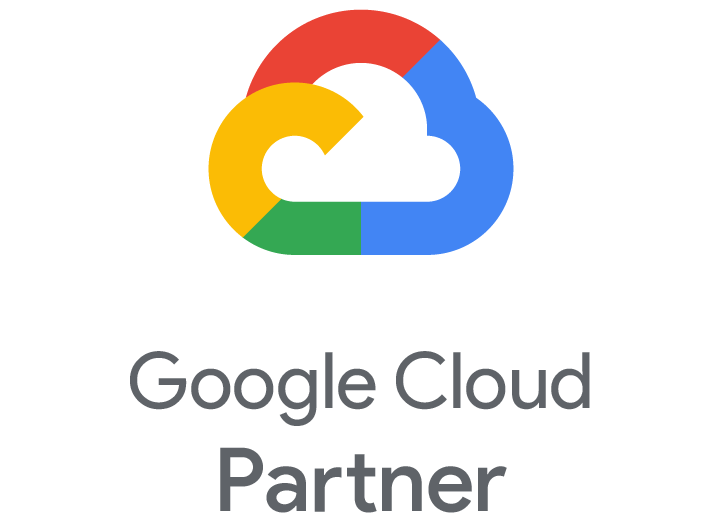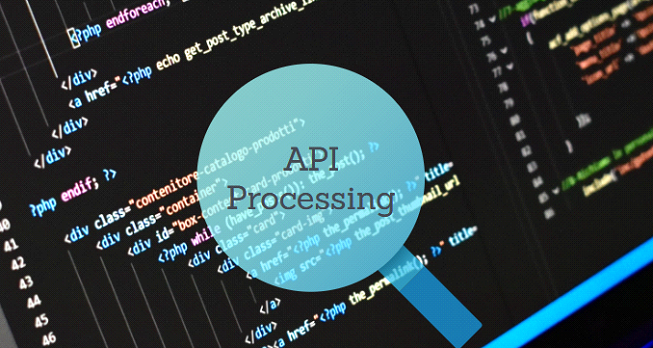API ecosystem – Use cases for banking & financial institutions
Banks and financial institutions are at the forefront to benefit directly from the business API economy. This whitepaper is intended to provide information on API use cases that are specific to Banking and Financial services. We also talk about the benefits and features as well as how some organizations are leveraging API’s to leapfrog into digital transformation without having to re-invent the wheel.

What is a business API?
A business API is an index of business services offered by an enterprise. These index of services are cataloged and intended to securely expose assets, data, services, application functionality etc..and are packaged in a secure way. They can safely and privately be consumed by an approved or selected audience of developers, both inside or outside the organization.
Features of business API’s
The biggest feature of the business API ecosystem is its simplicity of use for application development. Developers can access and invoke the exposed functions on the API’s and interact with the enterprise index of business services without having access to the internal systems that provide such functionality.
Developers also do not need to have an intimate understanding of the underlying complexities that come with creating such functionality.
This allows the business API’s to extend the enterprise functional set of services and open up new markets, new ideas, consumer experiences and modalities provided by internal or external application developers.
Developers can now easily leverage, publicize and aggregate a company’s exposed assets for broad-based consumption and usage. Thus, allowing the addition of external services, monetization of assets, rapid addition of newer functionalities and capabilities to the business.
For example:
Here is how JP Morgan is looking at API’s and using them with their API first initiative:
How JP Morgan Is Future Proofing With API’s
Example 2: Walgreens API’s allow application developers to use their own printing apps and connect securely to Walgreens store printers. Thus, allowing app consumers to use printing services at nationwide Walgreens stores and allowing the app developers to monetize their apps while increasing revenues for Walgreens.
Benefits of an API strategy for banking & financial institutions
- Consolidating and standardizing business services within an organization
- Lowering cost of operations by creating an index of business services for example : Retrieve credit score
- Business services exposed via API’s are more secure than traditional direct application access to data
- Accelerating developer throughput and improving time to market with safe, quick access to cataloged business services by both internal and external developers
- Ability to formulate & incorporate new value-add products and services to be more competitive
- Defining new business models for monetization
Example: Launch a consumer marketplace by curating your company’s business capabilities aggregated with your partners’ business capabilities to provide a diverse range of related or complementary services

Common business drivers for API initiatives
Companies that execute successful API initiatives, generally focus on one or more of these key drivers, however it’s also fairly common to focus on all four:
Key Driver #1 : Momentum or Speed
The speed factor often tends to be the very first one that drives API usage in an enterprise.
Generally traditional IT manages the most critical & core systems of record of a business. These core systems can only be changed at a certain rate and velocity. While brute-forcing rapid changes yields short term results, the long term after effects on the core systems result in other kinds of outages. These include, lack of cohesiveness, compliance issues, performance degradation, security exposures & general fire fighting.
However, business needs require quick reactions to new & upcoming opportunities, competitive threats, expansions, mergers etc. A higher rate of change can only be achieved by introducing controlled changes required to the core systems of record.
With higher compliance and audit control requirements, these changes tend to take far too long to deliver properly. Therefore, IT management is unable to turn-around such requirements in a reasonable time frame despite having access to highly qualified technical staff.
Leveraging APIs, the critical core system assets can be pre packaged in such a way that they are readily available and accessible for consumption by the business for innovative modes of engagement.
Key Driver #2 : Extend or Expand
To expand your footprint, reach new markets, acquire new customers and extend your reach into other business modalities, making API’s available to other enterprises is a huge driver. A bigger driver is the added ability to consume other API’s published by other enterprises meaningfully.
These enterprise relationships can be with technology or business partners. Such partnerships can accelerate your innovative capabilities by providing solutions to your business and facilitate your interaction with their clients to generate additional revenue and acquire new customers.
For example, As a bank, you may partner with a real estate company that uses your API to provide an accurate, direct from the bank – loan calculation service – to their users performing a home search on their mobile application.
This simple API provides a loan estimate that is now coming from your bank and allows you to connect with consumers looking for a home who are not yet your customers.
Key Driver #3 : Connectedness
Consumer proliferation of using multiple connected devices is exploding; Business environments across industries are now using a multitude of devices in conjunction with APIs to provide new and innovative solutions.
There are generally 3 ways these interactions tend to occur:
- Paying for food or other purchases using a touchless device that communicates via an API call. Such a call, completes the purchase and then updates your bank’s systems automatically.
- For consumers who wish to remain connected and opt in for location based services, devices can receive point in time updates. For example: A consumer who opted in, enters your bank and immediately receives a notification of a queue ticket or a confirmation is sent to the next advisor who can call out on a high priority customer.
- Since not all data calls require an action, devices can also perform non-API based communication using various technologies. For example: High volume messaging or telemetry communications etc..
APIs can also be configured to access the data within the enterprise and look for patterns and irregularities as well as react to particular situations or events.
For example, Commercial banking departments can access and consume data from local government API’s as well as combine that data with external information – Like, weather data for example. This can provide the bank with the ability to identify patterns such as water supply and help with improving yearly crop revenue.
APIs can react to abnormality patterns in data, an example would be the telemetry data coming from farm equipment financed by the bank. This data can be used to automatically detect patterns of equipment malfunction or servicing needs and initiate action accordingly.
Key Driver #4: Cross Domain Interaction
Interactions across lines / departments / business units tend to achieve maximum benefits when data is shared using a consistent methodology.
APIs allow such sharing of data in a controlled & secured manner regardless of physical locations. Organizations with multiple locations may have data across various different cloud and on-premises data centers.
Using APIs as a standard, ensures that a secured and controlled flow of data occurs between locations and provides adequate regulatory and compliance constraints depending on geographical and country specifications.
APIs provide standardized interfaces, methods, tools & functionality for building and connecting modern applications. The ability to abstract backend complexity presents an enterprise the opportunity to secure, monitor, and manage digital assets, data and application functionality that it can share with both internal and external consumers.
Innovation outside the organization can be leveraged by opening valuable assets to external innovators such as corporate partners or independent developers who can securely access and leverage the provided functionality & data.
We help enterprises accelerate their digital journey by offering a wide range of scalable and secure solutions on top of Apigee API gateway.
With best-in-class API talent and years of Apigee platform experience, we help global enterprises craft an effective API strategy after thorough analysis of business and application goals thus enabling re-use of their core assets and making technology updates faster with minimal impact to the business. From simple API development to complex custom APIs, we deliver reliable, well-structured and high-performance APIs to meet your business needs.





